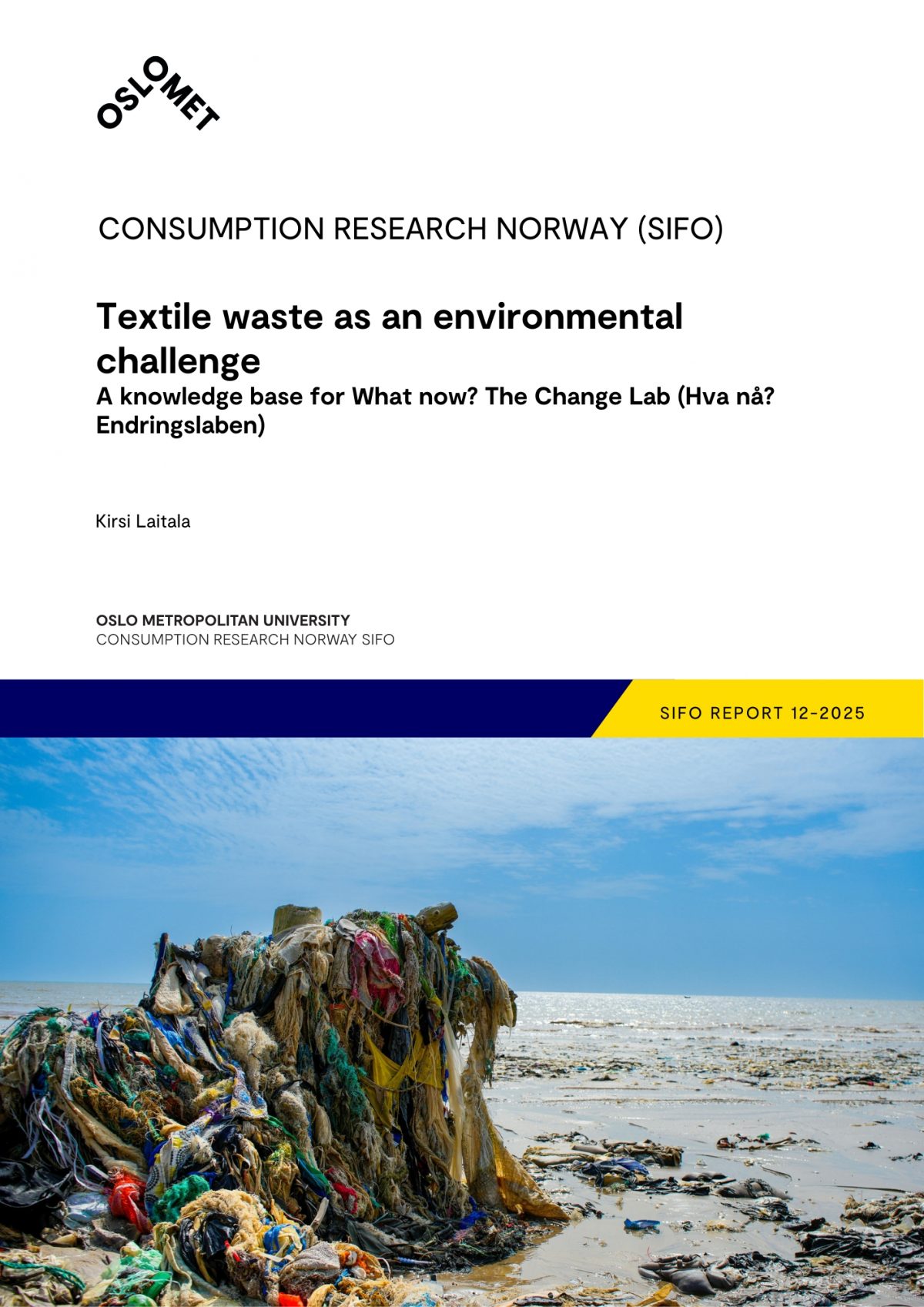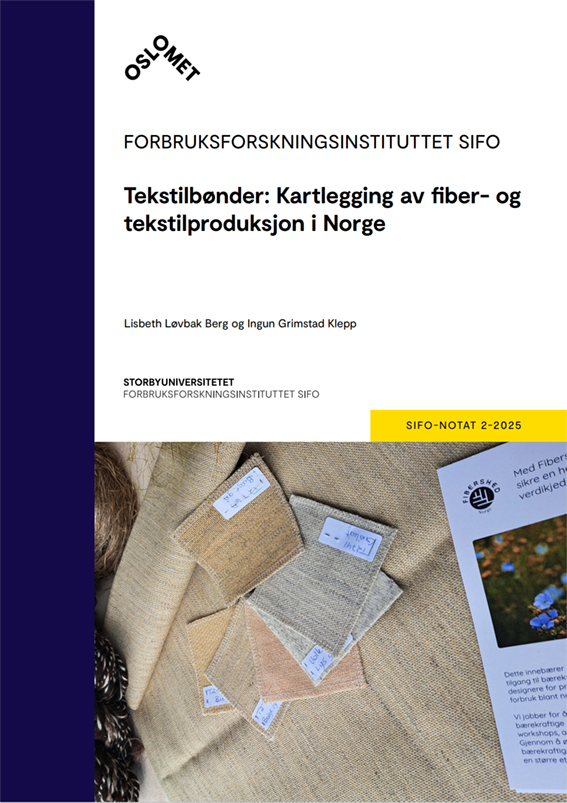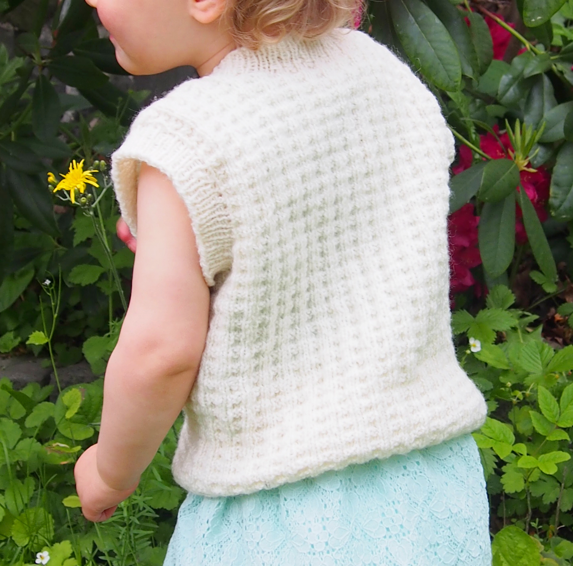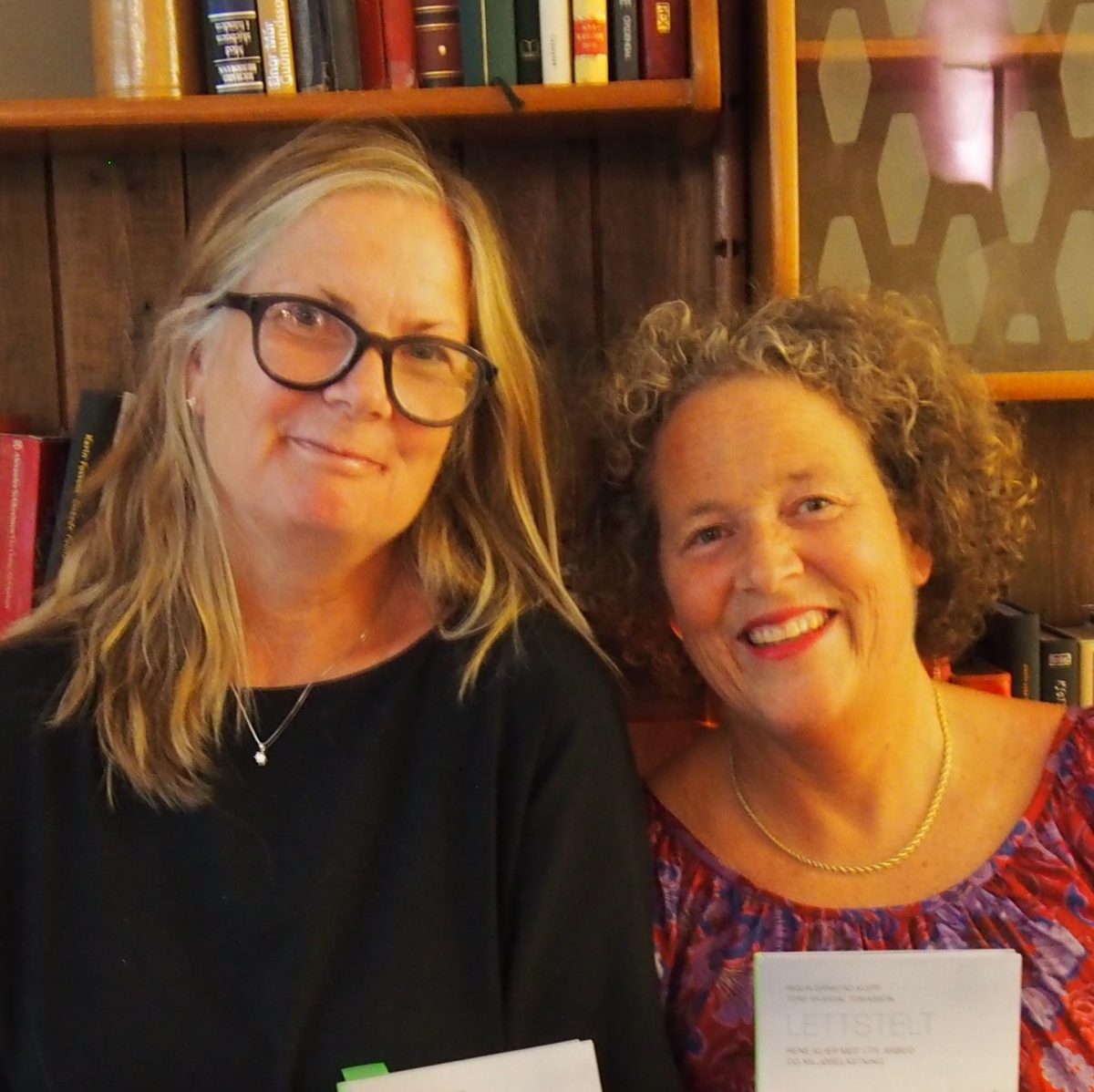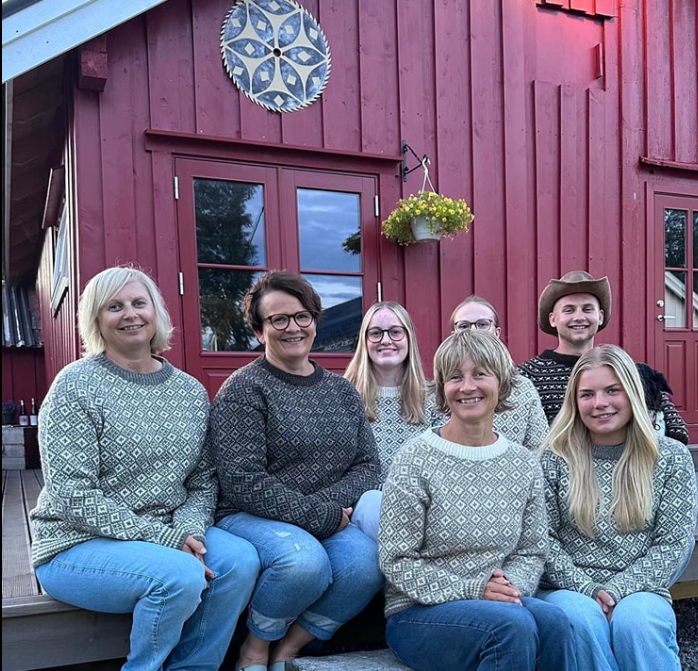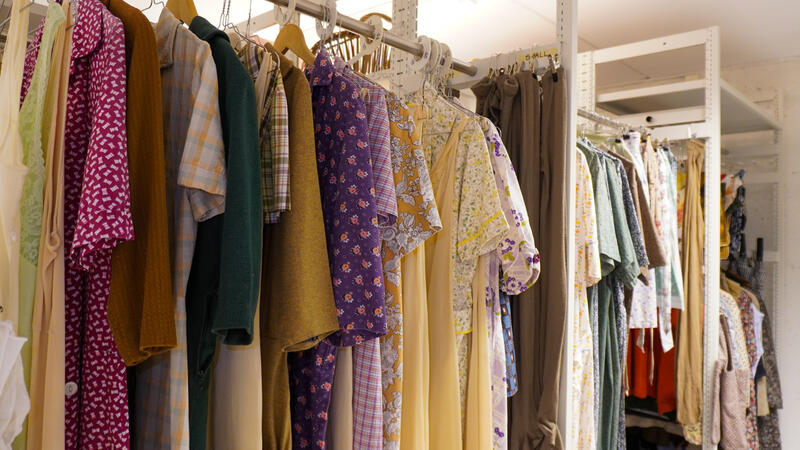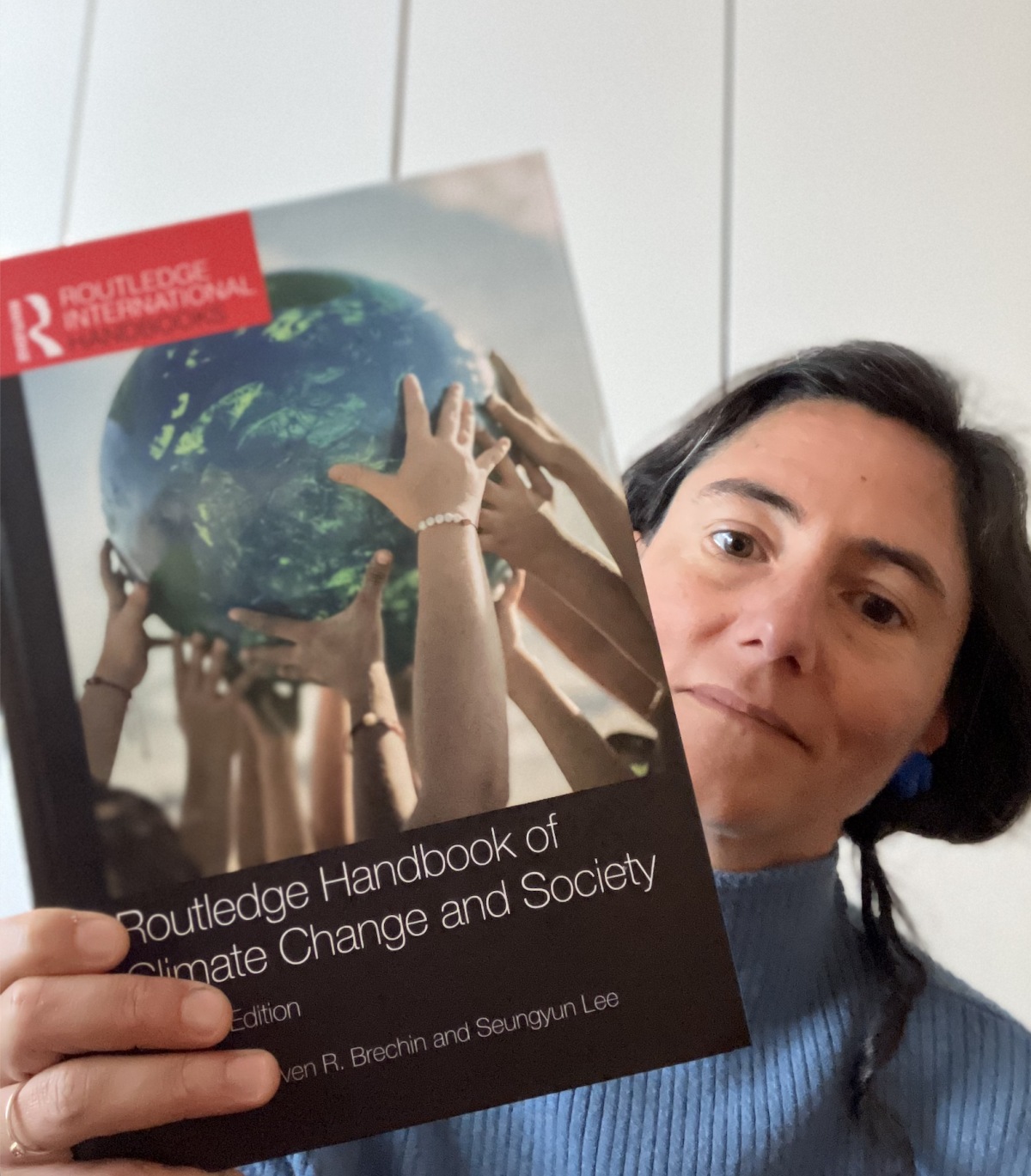Det sies mye rart om ull og allergi. Her vil vi oppsummere forskningen som finnes på feltet og gi råd på grunnlag av dette.
Tekst: Ingun Grimstad Klepp og Kinga Zablocka
Det har blitt gjort studier om både ull og allergi (Zallmann et al., 2017) og ull og atopisk eksem (Fenton & Al-Salama, 2021; Fowler et al., 2019; Jaros et al., 2020; Skodova et al., 2020). En allergisk reaksjon finner sted når immunsystemet reager på et stoff fra miljøet utenfor kroppen. Dette stoffet kalles et allergen. Det finnes forskjellige typer allergier og kroppens respons mot et allergen kan også variere. Ull er ikke et allergen (Zallmann et al., 2017). Det er altså ikke kjent at ull forårsaker en allergisk reaksjon. Derimot er det kjent at lanolin (ullfett) samt kjemikaler som brukes i fargestoffer, ikke bare av ull, men av alle tekstil fibere, kan være det.
Dersom du mistenker allergiske reaksjoner på ull vil vi derfor anbefale å velge bort farget ull. I og med at tekstiler ikke selges med opplysninger om innhold av kjemikalier er det ikke enkelt å finne ut hvilke fargestoffer som er problematiske og det å unngå alle, er derfor enklest. Det er også mulig å unngå ull der lanolin er tilsatt eller ikke vasket ut. Dette omtales gjerne som «ubehandlet ull». Vi vil understreke at det ikke er noen grunn til å tro at slik allergi er vanlig. Både å vaske undertøy før bruk og velge produkter med miljømerkene Svanen, EU Blomsten eller Oeko-tex vil også gi mindre kjemikalier mot huden.
Tykkelse på fiberen er avgjørende
Noen opplever at ull klør, andre opplever at merkelapper i polyester klør. Hvor sensitive vi er og hva vi reagerer på varierer. Oppmerksomheten mot at klær klør synes å øke. Det er god grunn til å tro at mye av årsaken til kløe er våre vaskevaner, med mye bruk av varmt vann og såpe. En viktig årsak til at fiber forårsaker kløe, er deres tykkelse.
Fibre blir målt i mikrometer (um). Ullfibre kan måle alt fra 10 til 50 um. Fiber tynnere enn 15,5 um regnes som ekstra fint. Menneskehår har bortimot 50 um og bomullsfibre et sted mellom 16 og 20 um (Jaros et al., 2020). Tykkelsen på fibrene til sauer varierer med både rase, alder og hvor på dyret ullen er fra. Lam har mykere ull enn voksen dyr. Den rasen som brukes mest i barneklær og undertøy, merino, har finfibret ull. Det har vært avlet for å få frem ekstra fin ull på denne rasen.
Studier som undersøkte hvorvidt ull klør eller ikke sammenligner ofte ullklær med klær i bomull eller polyester. Konklusjonen i disse er at det ikke er ullen i seg selv som klør, men at tykke fibre i klær kan gi kløe uansett type fiber (Skodova et al., 2020). Heller enn å si at «all ull klør», er det mer korrekt å si at «tykke fiber kan gi kløe». Fine ullfibre (rundt 15,5 um) kan irritere huden mindre enn en t-skjorte i bomull med tykkere fiber. Det har blitt påvist at fibre mellom 11.5 og 18.5 um ikke produserer nok friksjon til å aktivere reseptorer i huden som responderer med en følelse av kløe (Fenton & Al-Salama, 2021; Jaros et al., 2020; Zallmann et al., 2017). Denne følelsen kan derimot forekomme ved bruk av fibre tykkere enn 30-32 um mot huden.
Vi har ikke storskala industriell merinoullproduksjon i Norge, men mange andre raser. De vanligste er Norsk kvit sau, en blandet rase (crossbredtype). Den ullen er mellom 26 og 30 um. De gamle rasene, som spelsau, har en fin underull og lengre tykkere dekkhår.
Opplever du, eller ditt, barn at ull klør pass på at du har klær med finfibret ull. Sjekk også om kløen kan ha andre årsaker, slik som merkelapper eller overdreven vasking. Ønsker du norsk ull til en følsom person, velg lammeull. Dersom du ikke opplever at ull klør, velg like gjerne noe tykkere fiber. Disse er både mer slitesterke og enklere å produsere.
Foreldrene med barn med eksem bør velge tynne ullfiber for barneklær. Gitt tynne nok fibre, burde ikke ull gi noe mer klø enn klær i andre fiber.
Finfibret ull reduserer plager av eksem
Flere kliniske studier har undersøkt om pasienter med eksem har blitt bedre gjennom å bruke ull. Su et al. (2017) i British Journal of Dermatology, testet superfine merinoullplagg på spedbarn med eksem. Etter seks uker hadde barna som brukte ull mindre eksem enn barn som brukte bomull. Klærne brukt i denne studien kom blant annet fra det norske merket Devold. Spelman et al. (2018) gjennomførte en klinisk studie med barn i alderen 6-25 år. Etter at de hadde bruk ullundertøy i superfin merino i 15 uker, opplevde de reduksjoner i kløe, rødhet og mindre utslett. Fowler et al. (2019) gjennomførte en studie på voksne pasienter med atopisk dermatitt, også denne studien brukte superfin merinoull og rapporterte om redusert kløe og redusert behov for medisinering.
Årsaken til at ull har positiv virkning på eksem er ikke helt forklart. Trolig er det evnen til å absorbere og holde på fuktighet og samtidig holde jevn temperatur mot huden som virker positivt. Dette er de samme egenskapene som får mange til å velge ull nærmest huden. Studier viser at bruk av ekstrafin ull mot huden kan forbedre fuktigheten i huden sammenlignet med bruk av klær som ikke er laget i ull (Fowler et al., 2019; Jaros et al., 2020).
Den forskningen vi her viser til, tilsier at superfin merinoull kan ha positiv virkning på voksne og barn med eksem.
Litteratur:
Fenton, C., & Al-Salama, Z. T. (2021). Fabrics can greatly improve or exacerbate atopic dermatitis. Drugs & Therapy Perspectives, 37(4), 157-161. https://doi.org/10.1007/s40267-021-00822-5
Fowler, J. F., Fowler, L. M., & Lorenz, D. (2019). Effects of merino wool on atopic dermatitis using clinical, quality of life, and physiological outcome measures. Dermatitis, 30(3), 198-206.
Jaros, J., Wilson, C., & Shi, V. Y. (2020). Fabric Selection in Atopic Dermatitis: An Evidence-Based Review. American Journal of Clinical Dermatology, 21(4), 467-482. https://doi.org/10.1007/s40257-020-00516-0
Skodova, M., Glombikova, V., Komarkova, P., & Havelka, A. (2020). Performance of textile materials for the needs of children with skin problems. Vlakna a Text, 27(4), 96-101.
Su, J., Dailey, R., Zallmann, M., Leins, E., Taresch, L., Donath, S., Heah, S., & Lowe, A. (2017). Determining Effects of Superfine Sheep wool in INfantile Eczema (DESSINE): a randomized paediatric crossover study. British Journal of Dermatology, 177(1), 125-133.
Zallmann, M., Smith, P. K., Tang, M. L. K., Spelman, L. J., Cahill, J. L., Wortmann, G., Katelaris, C. H., Allen, K. J., & Su, J. C. (2017). Debunking the Myth of Wool Allergy: Reviewing the Evidence for Immune and Non-immune Cutaneous Reactions. Acta Derm Venereol, 97(8), 906-915. https://doi.org/10.2340/00015555-2655
Les mer om saueraser og ull på snl.no
